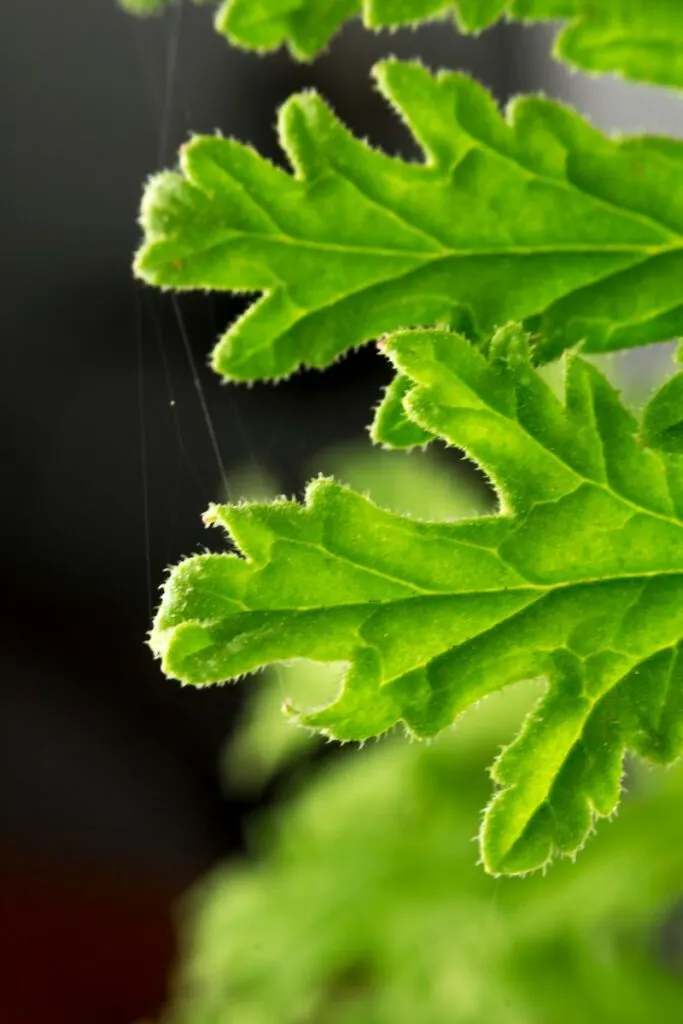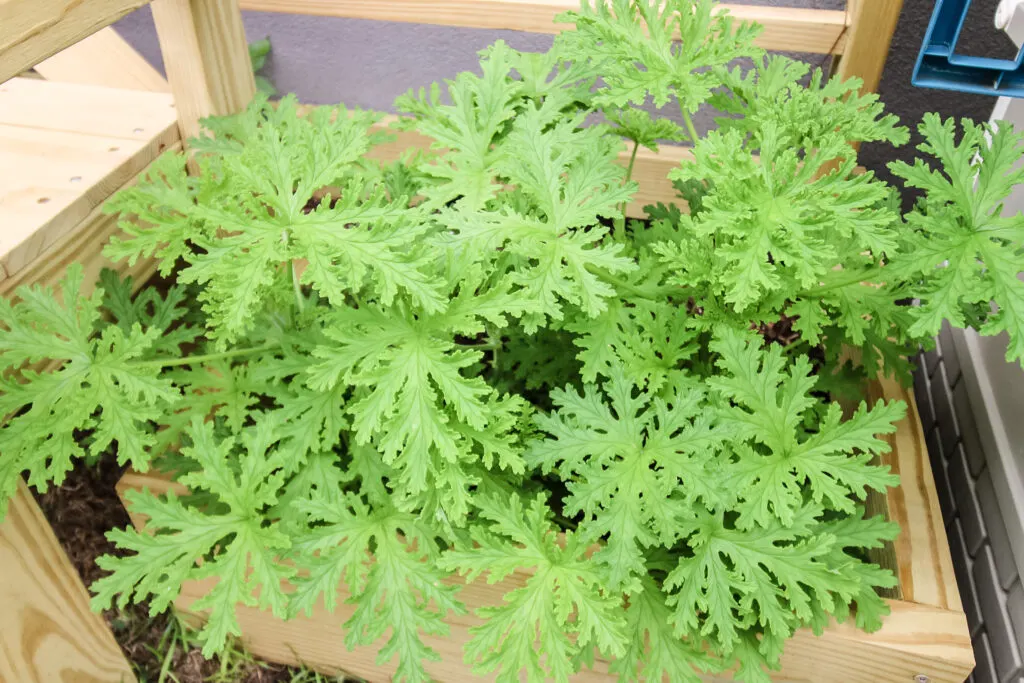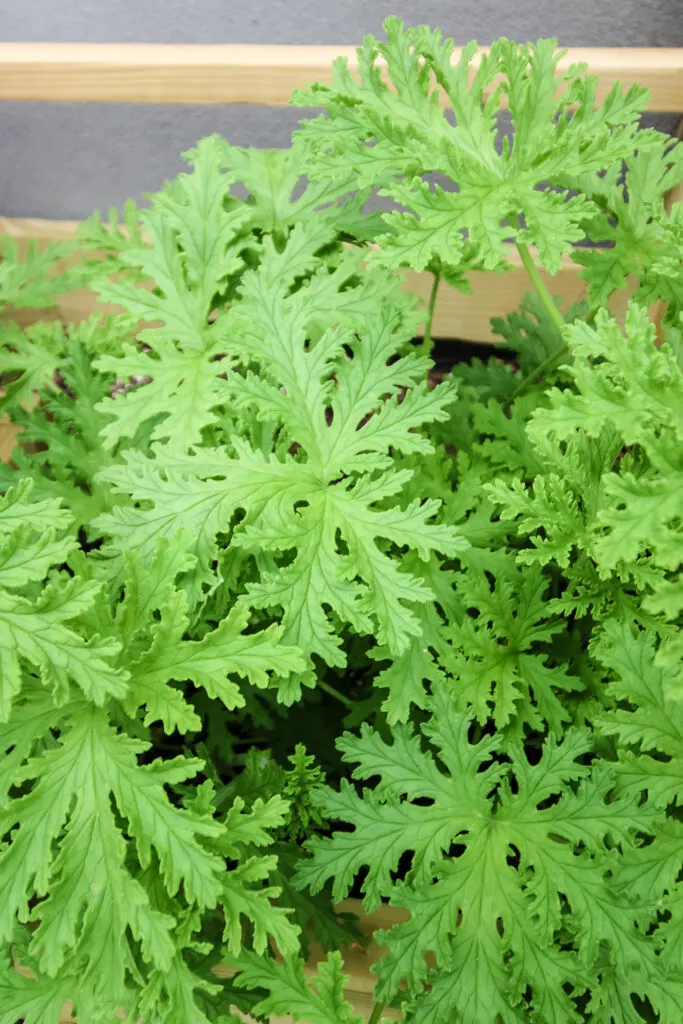Is your Citronella plant turning yellow? Discover our top tips for reviving your aromatic mosquito-repelling plant and keeping those yellow leaves at bay!
Citronella plant is more than just its fragrant leaves and pretty lavender flowers; it’s a great addition to any garden, especially for keeping those mosquitoes away.
Citronella plants are generally easy to care for and can thrive outdoors.
But sometimes, you might notice something’s off, like leaves turning brown or yellow. This is a sign your plant needs a bit of extra attention.
If you’re wondering why your Citronella plant is turning yellow, you’ve come to the right place. We’re here to help you figure it out.

Reasons for Citronella Plant Turning Yellow
Choosing a Citronella plant is a smart move. It’s practical and adds a lovely scent to your garden.
But, like any plant, it needs the right care to stay healthy.
Sometimes, even with good care, the greenery might slowly fade away, resulting in a citronella plant turning yellow.
This is known as chlorosis, which happens when the chlorophyll in the plant is affected.
Chlorophyll is what makes plants green and helps them turn sunlight into food. Without enough chlorophyll, the leaves can turn yellow.
There are a few reasons why your Citronella plant might be turning yellow:
- Soil pH: Citronella plants need the right soil balance. If the pH is off, the plant might not be happy.
- Root Issues: Problems with the roots, like being too compacted or damaged, can prevent the plant from getting what it needs.
- Watering Problems: Both overwatering and underwatering, or even poor drainage, can lead to yellow leaves.

Not Enough Nutrients? Here’s What to Look For
Just like we need our balanced diet, your Citronella plant craves a variety of nutrients to stay healthy.
These nutrients are absorbed through the roots and are vital for the plant’s growth. Think of it as the plant’s version of a well-rounded meal!
If your Citronella plant has yellow leaves, it might be time for a little detective work with a soil test. This test can tell you what nutrients are missing.
When a plant is lacking in nutrients, it shows up on its leaves, sometimes in patterns of chlorosis – that’s when you see veins with yellow patches in between.
Insufficient Nitrogen
Yellow leaves on the Citronella plant might be a sign of nitrogen deficiency.
Older leaves often change color first when there’s a lack of certain nutrients.
Nitrogen is a ‘mobile nutrient,’ meaning the plant can move it from older leaves to newer ones as needed.
That’s why older leaves might turn yellow while the new ones stay green. It’s like the plant’s way of rationing its resources.
However, this is just a temporary fix. Without enough nitrogen, older leaves turn yellow, but the plant keeps the newer leaves green for as long as it can.
What About Other Nutrients?
Iron is a different story. It’s an ‘immobile nutrient,’ meaning once it’s in a leaf, it stays put.
So, if your Citronella is short on iron, you’ll see the newer leaves turning yellow, while the older ones stay green.
Besides nitrogen, Citronella plants also need nutrients like nickel, phosphorus, potassium, and magnesium – all of which are mobile.
And then there are immobile nutrients like zinc, calcium, boron, copper, and manganese, alongside iron.

Other Causes Your Citronella is Turning Yellow
A healthy Citronella plant should have rich green leaves and a strong scent. It’s a sign that your plant is happy and thriving.
Remember, the right care can make a world of difference.
But sometimes, despite your best efforts, you might find your Citronella turning yellow. Let’s explore a few reasons why this could happen.
1. Too Much Sunshine
Yes, there is such a thing as too much sun!
Mosquito plants love their sunlight, but they don’t want to be sunbathing all day. If a citronella plant gets too much sunlight, it can turn yellow, then brown and dry.
They prefer a nice balance – think of it as their ideal sun-and-shade mix cocktail. Aim for a spot that gets about six hours of daylight but also offers some afternoon shade.
If you’re in a cooler climate, bringing your plant indoors during colder months can also help.
2. Not Enough Sunlight
On the flip side, not getting enough sunlight can also turn your Citronella’s leaves yellow.
This happens when the plant doesn’t have enough light to produce chlorophyll, which keeps it green and healthy.
Consequently, the citronella leaves will wilt, turn yellow or brown, and lose their original green hue.
If your plant looks like it’s stretching out for more light or its leaves are drooping, it’s probably craving some sunshine.
You can move your citronella near a windowsill or place a grow light next to it to ensure it receives adequate light. Your plant will receive all the light it needs if positioned correctly.
Grow lights are fantastic in the winter or if the light in your home is insufficient to sustain plants.

3. Overwatering
The final reason why your citronella plant is turning yellow is probably because it’s drowning in water!
These plants don’t like to have ‘wet feet,’ and too much water can lead to root rot, which causes yellow or brown leaves.
Citronella plants store water in their roots, so they don’t need to be watered too frequently.
It’s better to err on the side of under-watering than overwatering with these guys.
Need More Tips?
Hopefully, one of these solutions can assist you in stopping your citronella plant from turning yellow and returning it to full health in no time.
And if you’re still curious or need more plant care tips, check out our other articles – we’ve got plenty of green-thumb wisdom to share!
Thanks for reading!


Hey there, I’m Morgan, a houseplant enthusiast from sunny Charleston, South Carolina. Growing up surrounded by my mom’s lush orchids and African violets, I discovered the magic of bringing nature indoors. Thanks to the pandemic, I delved deeper into houseplants, discovering their power to uplift moods and transform spaces. I’m here to spill all my secrets, helping you pick the perfect houseplant – and make it happy. Let’s keep your plants alive, together! 😊
